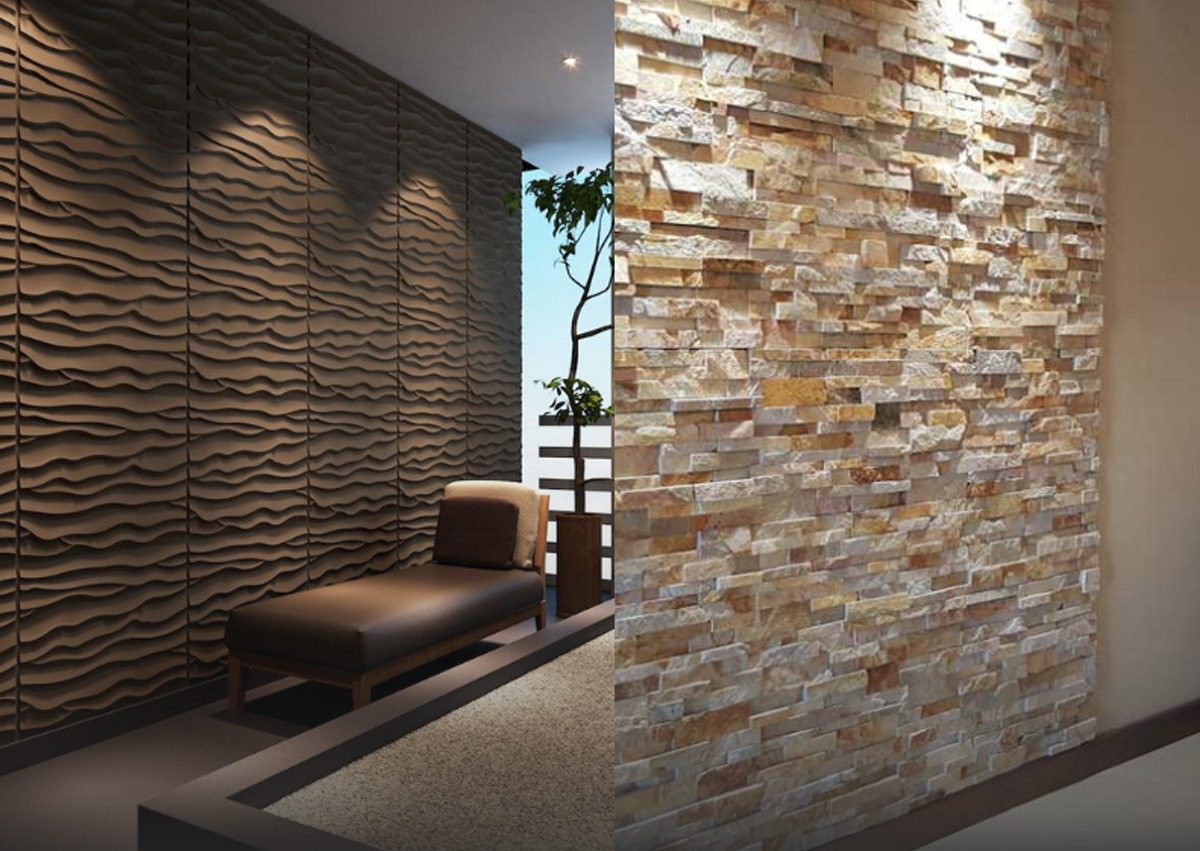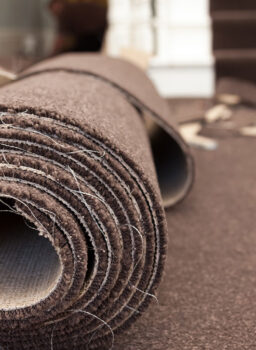Description
Call to More Information : 9966885991
Wall cladding refers to the process of covering the exterior or interior walls of a building with a protective or decorative layer. It serves multiple purposes, including enhancing the aesthetics, protecting the underlying wall structure, improving insulation, and providing additional durability. Wall cladding can be made from a variety of materials, each offering its own unique characteristics and appearance. Here is a description of wall cladding:
1. Purpose: Wall cladding serves both functional and decorative purposes. It protects the underlying wall from weather elements, moisture, UV radiation, and mechanical damage, extending the lifespan of the structure. Additionally, it can enhance the visual appeal of the building, adding texture, color, and architectural interest.
2. Materials: Wall cladding can be made from various materials, including but not limited to:
– Brick: Brick cladding offers a traditional and timeless look. It can be made from clay or concrete bricks and is known for its durability and low maintenance requirements.
– Stone: Natural stone cladding provides a rustic and elegant appearance. It can be sourced from materials such as granite, limestone, slate, or sandstone, offering unique textures and colors.
– Wood: Wood cladding adds warmth and natural beauty to a building. It can be made from different types of wood, such as cedar, oak, or pine, and can be installed in various styles, including shingles, planks, or panels.
– Metal: Metal cladding, such as aluminum, steel, or copper, offers a modern and sleek aesthetic. It is durable, lightweight, and resistant to corrosion, making it suitable for both residential and commercial applications.
– Composite materials: Composite cladding combines different materials, such as wood fibers, plastic, and additives, to offer a balance between aesthetics, durability, and low maintenance.
3. Installation: Wall cladding can be installed in different ways, depending on the specific material and design. It may involve attaching individual panels or tiles directly to the wall surface or creating a ventilated cavity system that allows airflow and moisture management. The installation process may require the expertise of professionals, particularly for complex or large-scale projects.
4. Insulation and Energy Efficiency: Some types of wall cladding, particularly those with insulation properties, can improve the energy efficiency of a building. Insulated cladding systems can help reduce heat loss or gain, improving thermal comfort and potentially reducing energy costs.
5. Maintenance: The maintenance requirements for wall cladding depend on the material used. Some cladding materials, such as metal or composite, are generally low maintenance and may only require occasional cleaning. Others, like wood or natural stone, may require periodic sealing, staining, or refinishing to maintain their appearance and protect them from weathering.
6. Design Options: Wall cladding offers a wide range of design options to suit different architectural styles and preferences. It can be used to create texture, pattern, or visual contrast on the exterior or interior walls, transforming the overall look of a building.
Wall cladding is a versatile and practical solution for protecting and enhancing the appearance of buildings. With various material options available, it provides flexibility in design and allows for customization to achieve the desired aesthetic and functional requirements.





Reviews
There are no reviews yet.